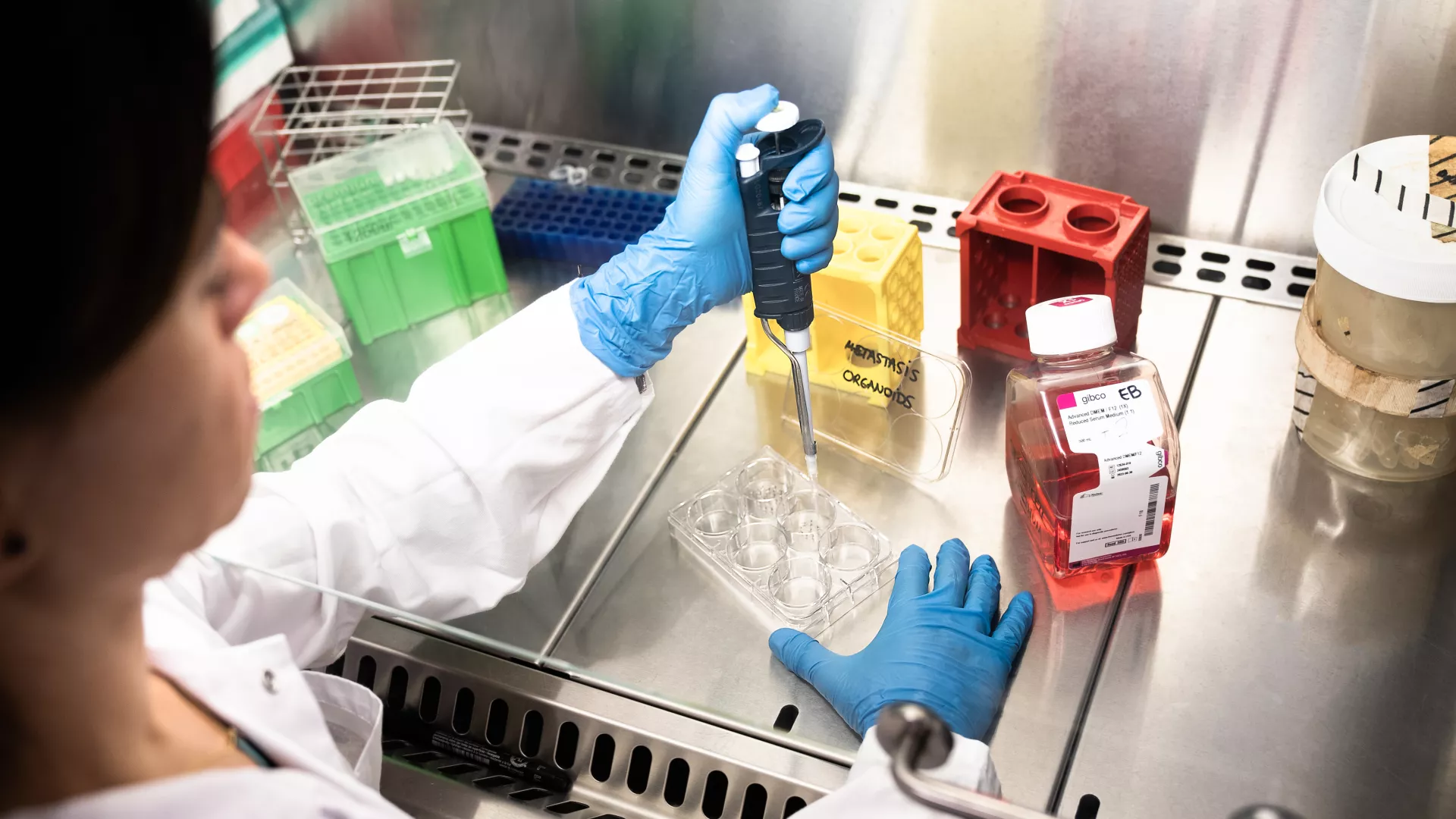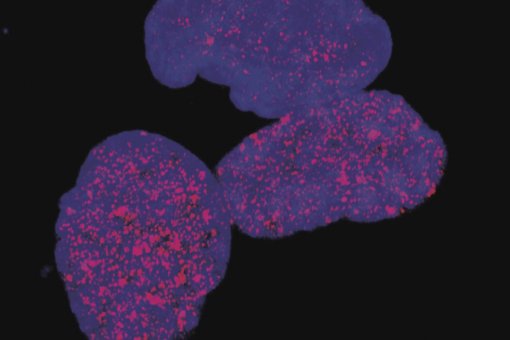Images
Participants


Contact

Chemists from the Institute of Research in Biomedicine (IRB) and from the R+D department of PharmaMar have devised a new synthesis method with pipecolidepsin A, a compound that is active against eleven types of cancers and property of PharmaMar.
This advance opens the door to copying and improving 38 natural molecules derived from marine sponges that are very promising for the treatment of various diseases.
In 2008 the Spanish company PharmaMar, dedicated to developing marine-derived drugs against cancer, isolated a promising substance called pipecolidepsin A from the sponge Homophymia lamellosa collected off the coast of Madagascar. The Combinatorial Chemistry group at the IRB, led by Fernando Albericio, has been working alongside this company for twenty years. As part of a collaboration agreement, they worked together to reproduce pipecolidepsin A in the laboratory and have been successful in this endeavour.
The journal Nature Communications now reveals the procedure after the company obtained the patent, in which the researchers at IRB and PharmaMar appear as inventors. The two groups of scientists continue their lines of research and have launched an analogue programme to simplify the synthesis, reduce the time and cost of production and achieve a greater amount of material with which to start pre-clinical testing.
“Only 1 out of 10,000 promising molecules gets to become a drug. We have very much hope that pipecolidepsin A is one of these,” says Fernando Albericio from the IRB, senior researcher of the study and professor at the University of Barcelona. Marta Pelay, first author of the article, has been able to produce four milligrams of this compound in the laboratory, but 100 are needed for extensive biological assays.
The amount in-hand is now enough to test whether the activity of the synthetic molecule is comparable to that of the natural one, which kills tumour cells in eleven types of tissue: lung, prostate, colon, pancreas, ovary, sarcoma, leukaemia, liver, kidney, stomach and breast. “The analogue programme will enable us to perform more accurate biological studies to determine the most appropriate cancer to target,” says Judit Tulla, chemist research associate in Albericio’s lab and Pelay’s mentor.
From a promising molecule to 37 more candidates
“Pipecolidepsin A is tricky, especially its centre, the heart of the molecule,” explains Marta Pelay, who obtained her doctoral degree in February with a thesis related to this project. This molecule belongs to the family of “head-to-side chain” cyclodepsipeptides. It is a peptide, a small protein comprising 11 amino acids and one acid, arranged in the shape of a six with a central core containing a series of highly sensitive boundaries and including seven unnatural amino acids.
“Every day we have more complex molecules,” explains Pelay, “but the effort has been compensated by a patent and the possibility, via the new synthesis method, to reproduce several interesting molecules that share similar structures. It is an uncharted field of research.”
The “head-to-side chain” cyclodepsipeptides form a total of 38 known molecules. The advantage of these molecules, all of which are isolated from marine sponges, is that many show activity against, besides cancer cells, the HIV virus, resistant bacteria, and fungi of various types. Until now the pitfall was the synthetic reproduction.
"We have opened a whole new field of synthesis of molecules with therapeutic potential, none of which are on the market yet. We will have to wait until later this year to see if our endeavours lead to the development of a therapeutic molecule with the potential to become a commercial drug,” concludes Tulla. In any case, and if all goes well, it will take a multi-million euro investment and at least 15 years for pipecolidepsin A to reach the market.
Reference article:
The first total synthesis of the cyclodepsipeptide pipecolidepsin A
Marta Pelay-Gimeno, Yésica García-Ramos, Maria Jesús Martin, Jan Spengler, José Manuel Molina-Guijarro, Simon Munt, Andrés M. Francesch, Carmen Cuevas, Judit Tulla-Puche and Fernando Albericio
Nature Communications (2013). Doi:10.1038/ncomms3352
About IRB Barcelona
The Institute for Research in Biomedicine (IRB Barcelona) pursues a society free of disease. To this end, it conducts multidisciplinary research of excellence to cure cancer and other diseases linked to ageing. It establishes technology transfer agreements with the pharmaceutical industry and major hospitals to bring research results closer to society, and organises a range of science outreach activities to engage the public in an open dialogue. IRB Barcelona is an international centre that hosts 400 researchers and more than 30 nationalities. Recognised as a Severo Ochoa Centre of Excellence since 2011, IRB Barcelona is a CERCA centre and member of the Barcelona Institute of Science and Technology (BIST).






